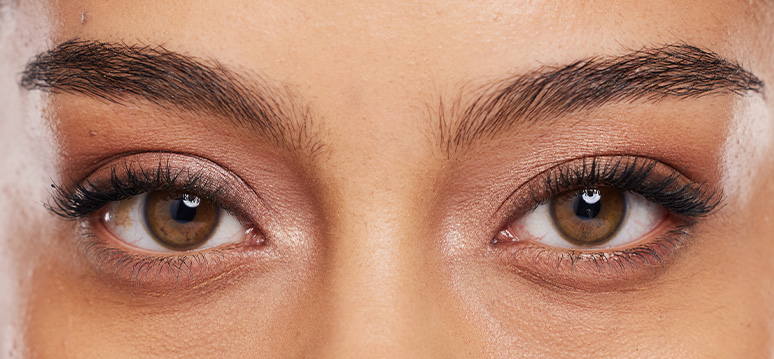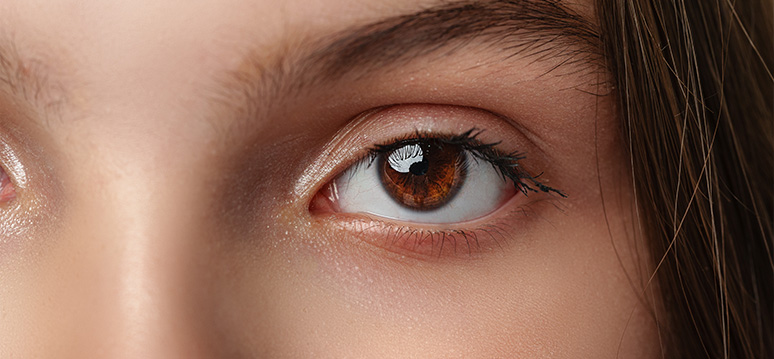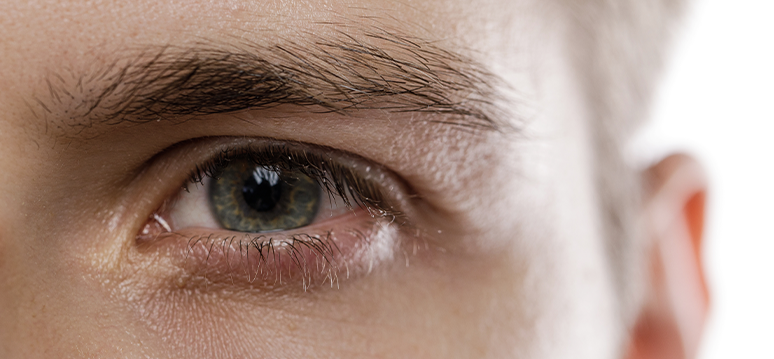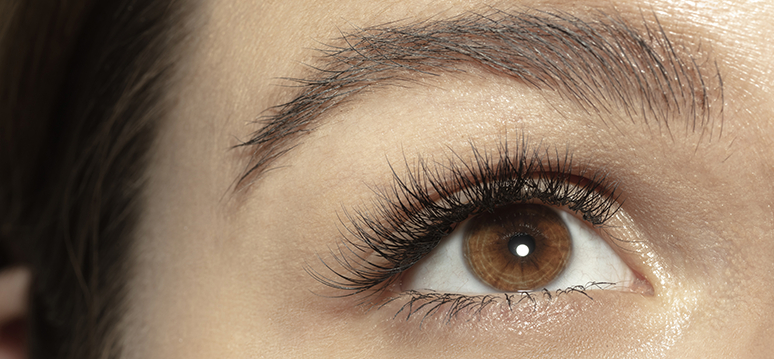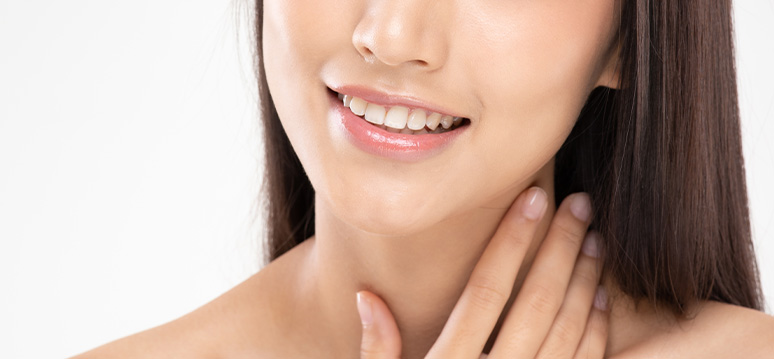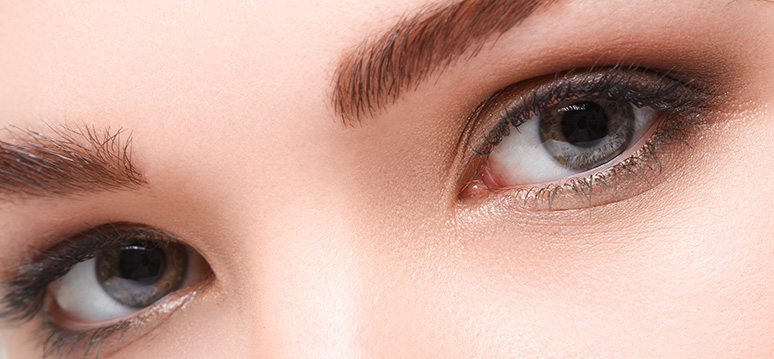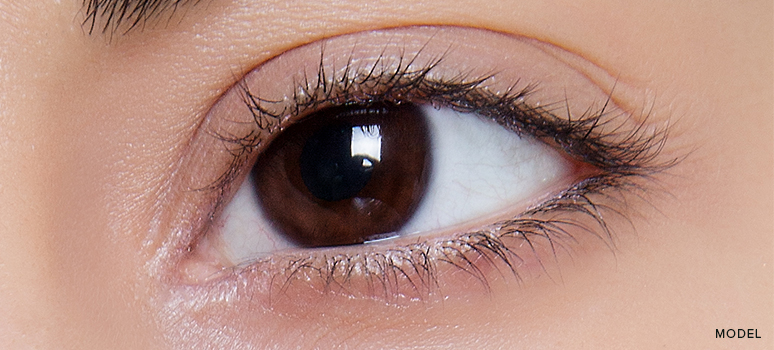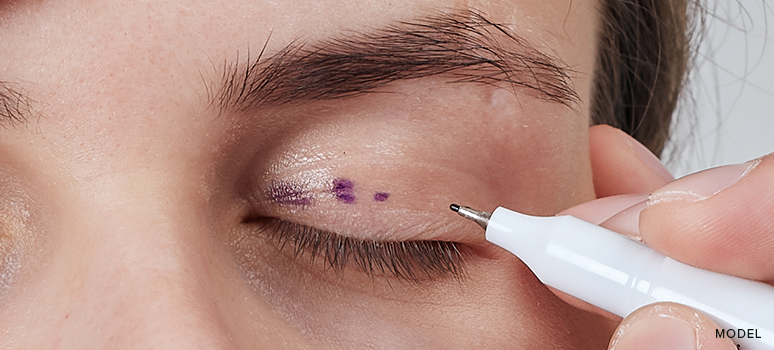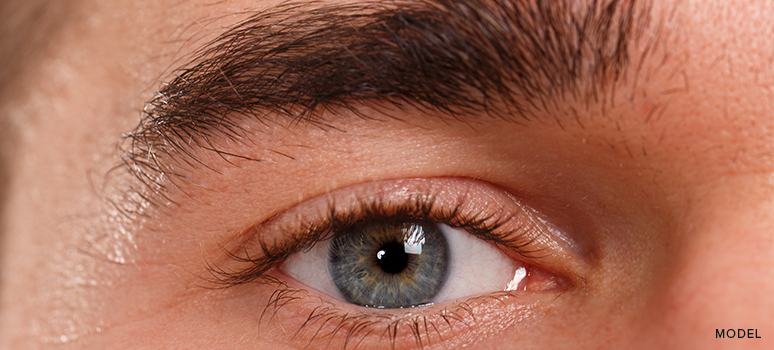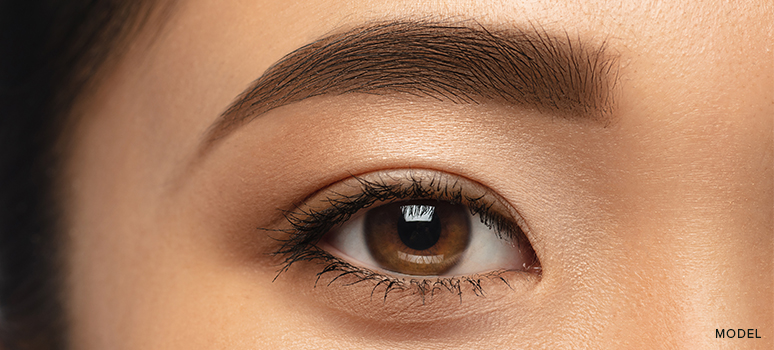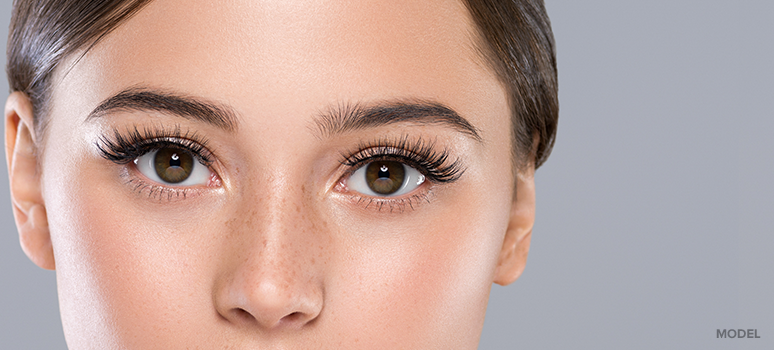Do you feel like your eyes always look tired, even after a full night’s sleep? Do you struggle with applying makeup because of excess skin drooping over your eyelids? You might be experiencing heavy eyelids, a common concern that can affect both appearance and vision. This comprehensive guide will delve into the causes of heavy eyelids, explore both non-surgical and surgical solutions, and empower you to make informed decisions about reclaiming a more youthful and vibrant look. At Memorial Plastic Surgery, we understand the impact heavy eyelids can have on your confidence, and we’re here to help you explore your options.
Understanding the Causes of Heavy Eyelids
Heavy eyelids, also known as ptosis (drooping eyelid) or blepharoptosis, can stem from a variety of factors. It’s crucial to understand the underlying cause to determine the most effective treatment.
Aging: As we age, the skin around our eyes loses elasticity, and the muscles that support the eyelids can weaken. This natural process can lead to excess skin drooping over the eyes, creating the appearance of heavy eyelids.
Genetics: Some individuals are genetically predisposed to heavy eyelids. This means they may inherit a tendency for weaker eyelid muscles or a higher likelihood of developing excess skin in the eye area.
Muscle Weakness (Ptosis): Ptosis specifically refers to the drooping of the upper eyelid due to weakness of the levator muscle, which is responsible for lifting the eyelid. This can be present from birth (congenital ptosis) or develop later in life (acquired ptosis).
Injury or Trauma: Direct injury to the eye area can damage the muscles or nerves controlling the eyelids, leading to ptosis and the appearance of heavy eyelids.
Medical Conditions: Certain medical conditions, such as myasthenia gravis (a neuromuscular disorder), can cause muscle weakness, including the muscles that control the eyelids.
Lifestyle Factors: While not a direct cause, certain lifestyle factors like chronic allergies (leading to constant eye rubbing), smoking, and excessive sun exposure can contribute to the premature aging of the skin around the eyes, exacerbating the appearance of heavy eyelids.
Identifying Heavy Eyelid Symptoms
Recognizing the symptoms of heavy eyelids is the first step toward finding a solution. Common signs include:
Drooping Upper Eyelid: The most obvious symptom is the visible drooping of the upper eyelid, sometimes covering part of the pupil.
Tired Appearance: Even when well-rested, individuals with heavy eyelids often appear tired or sleepy.
Difficulty Seeing: In severe cases, the drooping eyelid can obstruct vision, particularly the upper field of vision.
Eyestrain: People with heavy eyelids may experience eyestrain as they try to compensate for the drooping eyelid by raising their eyebrows or tilting their heads.
Forehead Wrinkles: Constantly raising the eyebrows to see better can lead to the development of forehead wrinkles.
Watery Eyes: Heavy eyelids can sometimes disrupt the natural tear drainage, leading to watery eyes.
Non-Surgical Options for Heavy Eyelids
For milder cases of heavy eyelids or for those seeking non-invasive solutions, several options are available:
Eye Exercises: Certain eye exercises can help strengthen the muscles surrounding the eyes, potentially improving the appearance of mild drooping. While results may be subtle, consistent practice can be beneficial.
Makeup Techniques: Strategic use of makeup, such as using eyelid tape or strategically applying eyeshadow and eyeliner, can create the illusion of more lifted eyelids.
Dermal Fillers: In some cases, dermal fillers can be used to add volume to the brow area, indirectly lifting the eyelid and improving the appearance of heavy eyelids. This is typically a temporary solution.
Botox Injections: Botox injections can be used to relax the muscles that pull the eyebrows down, leading to a slight lift of the brow and potentially improving the appearance of heavy eyelids. Like fillers, this is a temporary fix.
Surgical Solutions for Heavy Eyelids
For more significant drooping or when non-surgical options haven’t provided the desired results, blepharoplasty, or eyelid surgery, is a highly effective solution.
Upper Blepharoplasty: This procedure involves removing excess skin and fat from the upper eyelids to create a more defined and youthful appearance. It can also address muscle weakness (ptosis) if present.
Lower Blepharoplasty: While focused on the lower eyelids, this procedure can improve the overall appearance of the eye area and address concerns like bags under the eyes.
Combined Blepharoplasty: Often, upper and lower blepharoplasty are performed together for a comprehensive rejuvenation of the eye area.
What to Expect During Blepharoplasty at Memorial Plastic Surgery
At Memorial Plastic Surgery, our experienced surgeons will guide you through every step of the blepharoplasty process. During your consultation, we will:
Evaluate your individual needs: We’ll discuss your concerns and assess the extent of eyelid drooping.
Develop a personalized treatment plan: We’ll tailor the surgical approach to achieve your desired results.
Explain the procedure in detail: We’ll ensure you understand the risks and benefits of blepharoplasty.
Answer all your questions: We’ll address any concerns you may have about the surgery and recovery process.
The blepharoplasty procedure is typically performed under local anesthesia with sedation. The incisions are strategically placed in the natural creases of the eyelids to minimize scarring. Recovery time varies, but most patients can return to their normal activities within a few weeks.
Recovery and Aftercare
Following blepharoplasty, you can expect some swelling and bruising. We will provide you with detailed aftercare instructions, including:
Applying cold compresses: To reduce swelling and bruising.
Using prescribed eye drops or ointments: To promote healing and prevent infection.
Avoiding strenuous activities: For a specified period.
Protecting your eyes from the sun: By wearing sunglasses.
The Benefits of Blepharoplasty
Blepharoplasty can provide significant benefits, including:
A more youthful and refreshed appearance: By removing excess skin and fat, blepharoplasty can create a more vibrant and awake look.
Improved vision: In cases where drooping eyelids obstruct vision, blepharoplasty can significantly improve sight.
Increased self-confidence: By addressing a concern that may have been affecting your self-esteem, blepharoplasty can boost your confidence.
Long-lasting results: The results of blepharoplasty can last for many years.
Choosing the Right Surgeon
Choosing a qualified and experienced plastic surgeon is crucial for achieving optimal results from blepharoplasty. If you’re in the Houston, Texas area, including surrounding cities like Sugar Land, Katy, The Woodlands, or Pearland, look for a surgeon who is board-certified and has extensive experience in performing eyelid surgery. At Memorial Plastic Surgery, serving the greater Houston community, our team of skilled surgeons is dedicated to providing exceptional care and helping you achieve your aesthetic goals.
Conclusion: Reclaim Your Vibrant Eyes
Heavy eyelids can be a frustrating concern, but with the right approach, you can achieve a brighter, more refreshed look. Whether you opt for non-surgical solutions or consider blepharoplasty at Memorial Plastic Surgery, understanding the causes and treatment options available is the first step toward reclaiming your vibrant eyes and boosting your confidence. Don’t hesitate to contact us to schedule a consultation and discuss your personalized treatment plan. We’re here to help you look and feel your best. Share your experiences with heavy eyelids in the comments below!


